
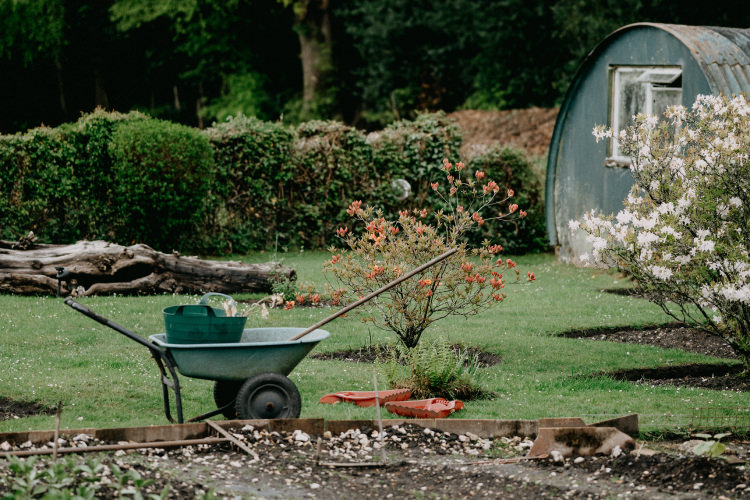
GARDEN
Tackle DIY projects and keep your garden in shape with these go-to multi-tools.
GARDEN
Tackle DIY projects and keep your garden in shape with these go-to multi-tools.
-
18Tools4.8 out of 5 Customer Rating$119.95Size CategoryFull-SizeBlade Length2.9 in. | 7.37 cm.Blade Hardness55-59 HRCClosed Length4 in. | 10.16 cm.Open Length6.25 in. | 15.88 cm.Weight8.5 oz. | 240.97 g.Overall Thickness0.7 in. | 1.78 cm.width1.2 in. | 3.05 cm.Height-Depth-Band Width-Circumference-Bezel Diameter-Materials420HC Stainless Steel,440C Stainless Steel,Black OxideAwlBit DriversLarge Bit DriverSmall Bit DriverBlades420HC Knife420HC Serrated KnifeSawCuttersFilesWood/Metal FileDiamond-coated FileOpenersCan OpenerBottle OpenerPliersNeedlenose PliersRegular PliersRulerRuler (8 in | 19 cm)ScissorsSpring-action ScissorsScrewdriversMedium ScrewdriverWire WorkPremium Replaceable Wire CuttersPremium Replaceable Hard-wire CuttersElectrical CrimperWire StripperWrenchesWire Cutters-Pliers-Wire Cutters-Pliers-ColorStainless SteelBlackSheathMOLLE BlackBlack NylonCompatible Accessories
-
4Tools4.8 out of 5 Customer Rating$79.95Size CategoryFull-SizeBlade Length1.9 in. | 4.8 cm.Blade Hardness-Closed Length4.3 in. | 10.92 cm.Open Length7.25 in. | 18.42 cm.Weight5.5 oz. | 155.92 g.Overall Thickness0.85 in. | 2.16 cm.width1.7 in. | 4.32 cm.Height-Depth-Band Width-Circumference-Bezel Diameter-MaterialsStainless Steel,Cerakoted AluminumAwlBit DriversBladesCutters420HC Stainless Steel Folding ShearsRing CutterFilesOpenersPliersRulerRuler (5 cm)ScissorsScrewdriversWire WorkWrenchesOxygen Tank WrenchWire Cutters-Pliers-Wire Cutters-Pliers-ColorGrayCrimsonNavySheathNoneCompatible Accessories
-
7Tools4.7 out of 5 Customer Rating$89.95Size CategoryPocket-SizeBlade Length2.6 in. | 6.6 cm.Blade Hardness58-60 HRCClosed Length4 in. | 10.16 cm.Open Length6 in. | 15.24 cm.Weight5 oz. | 141.75 g.Overall Thickness0.52 in. | 1.32 cm.width1.24 in. | 3.15 cm.Height-Depth-Band Width-Circumference-Bezel Diameter-Materials154CM Stainless Steel,DLC Coating,420HC Stainless Steel,Cerakote®AwlBit DriversLarge Bit DriverBlades154CM KnifeCuttersFilesOpenersCarabiner/Bottle OpenerPliersNeedlenose PliersRegular PliersRulerScissorsScrewdriversWire WorkWire CuttersHard-wire CuttersWrenchesWire Cutters-Pliers-Wire Cutters-Pliers-ColorParadiseVerdantNightshadeOnyxBlack & SilverSheathNoneCompatible Accessories
-
Size CategoryFull-SizeBlade Length2.6 in. | 6.6 cm.Blade Hardness55-59 HRCClosed Length3.8 in. | 9.65 cm.Open Length6 in. | 15.24 cm.Weight7 oz. | 198.45 g.Overall Thickness0.56 in. | 1.42 cm.width1.27 in. | 3.23 cm.Height-Depth-Band Width-Circumference-Bezel Diameter-Materials420HC Stainless SteelAwlBit DriversBlades420HC Combo KnifeCuttersFilesWood/Metal FileOpenersPackage OpenerCan OpenerBottle OpenerPliersSpring-action Needlenose PliersSpring-action Regular PliersRulerRuler (1.5 in | 3.8 cm)ScissorsSpring-action ScissorsScrewdriversPhillips ScrewdriverMedium ScrewdriverSmall ScrewdriverWire WorkSpring-action Wire CuttersWire StripperWrenchesWire Cutters-Pliers-Wire Cutters-Pliers-ColorStainless SteelSheathBlack Nylon
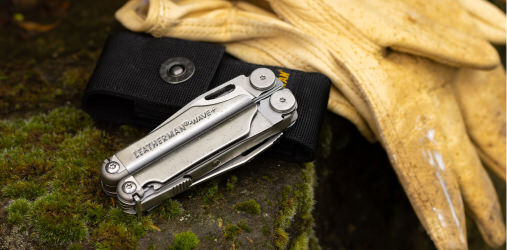
WAVE®+
Get the job done in the garden with this all-in-one tool. It comes with a sheath which makes it easy to carry anywhere, and all the features can be used with one hand.
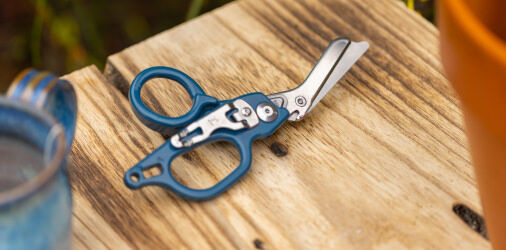
RAPTOR® RESPONSE
The heavy-duty shears of the Raptor Response can cut through seatbelts, so they’ll make short work of cutting and trimming plants and hedges.

SKELETOOL® CX
Quickly and easily access the features in the Skeletool to make tasks faster like tightening a screw in your garden box or cutting open a bag of mulch.
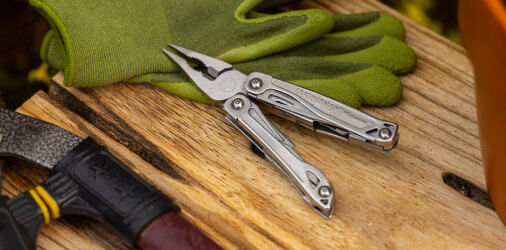
WINGMAN®
Not just for gardening, this bestseller also is handy around the house with a package opener, three different screwdrivers, and a wood file.
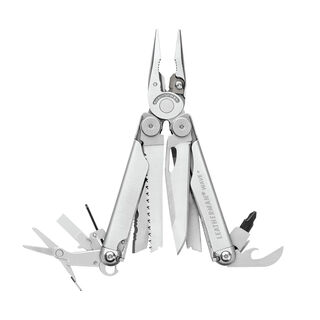
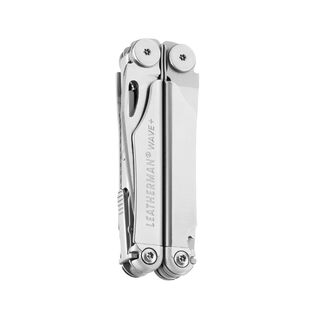


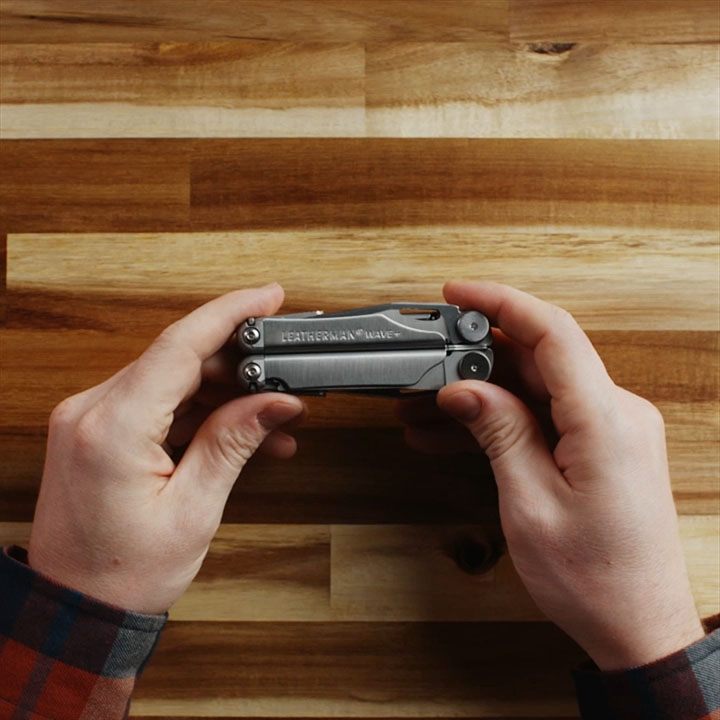
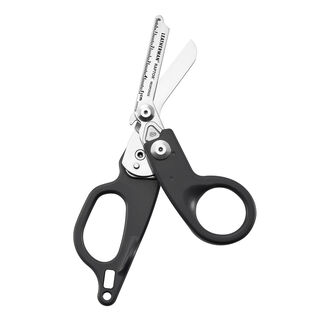
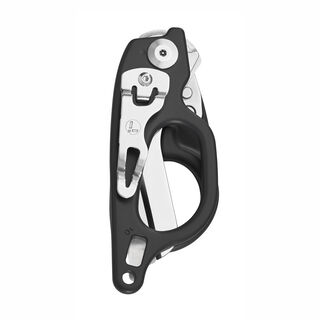



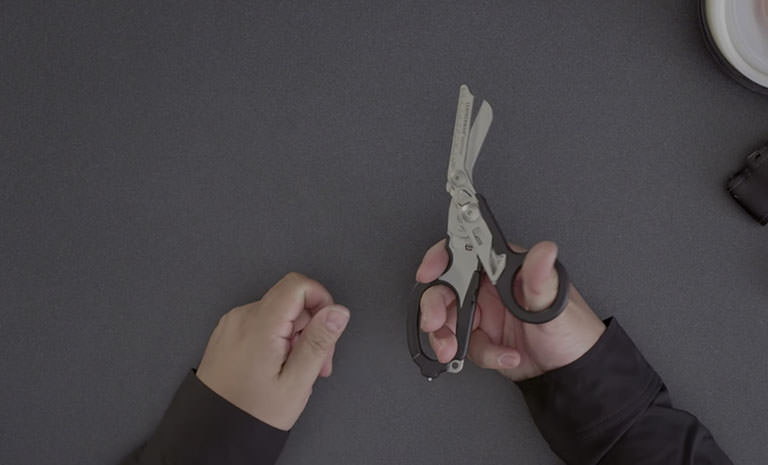
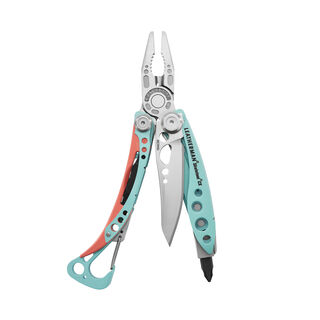
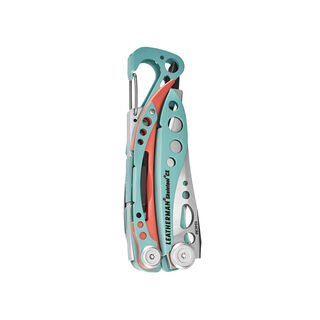





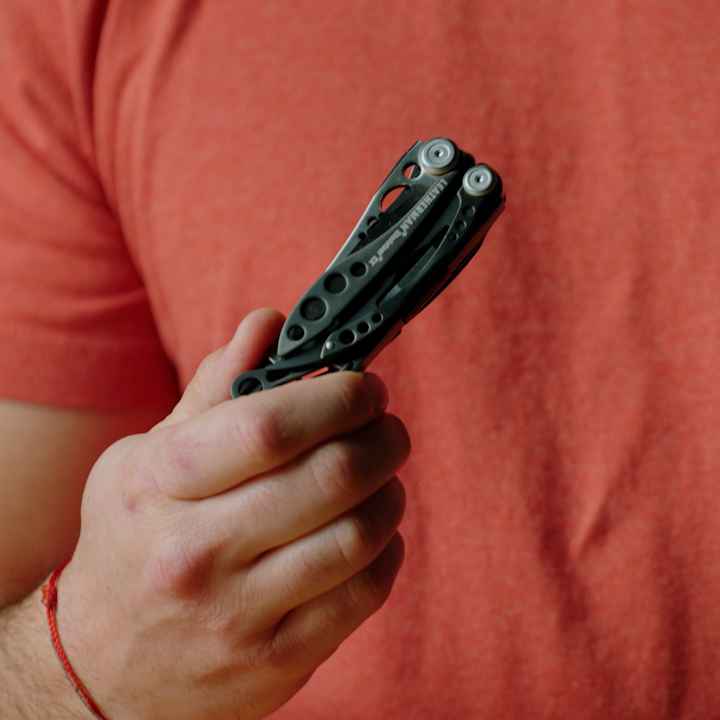
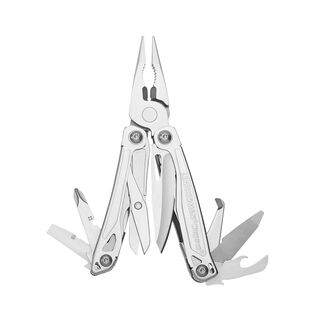
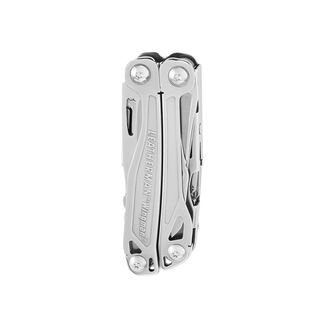
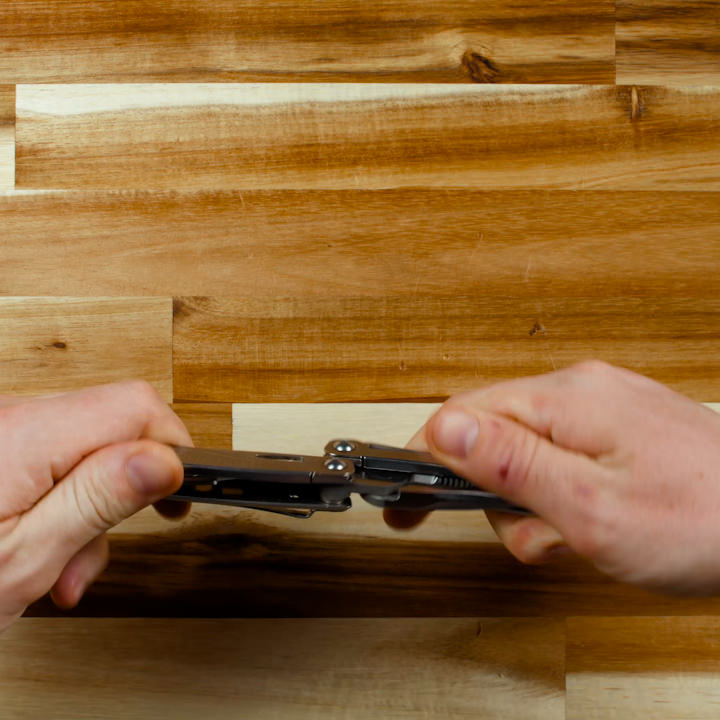
.jpg)